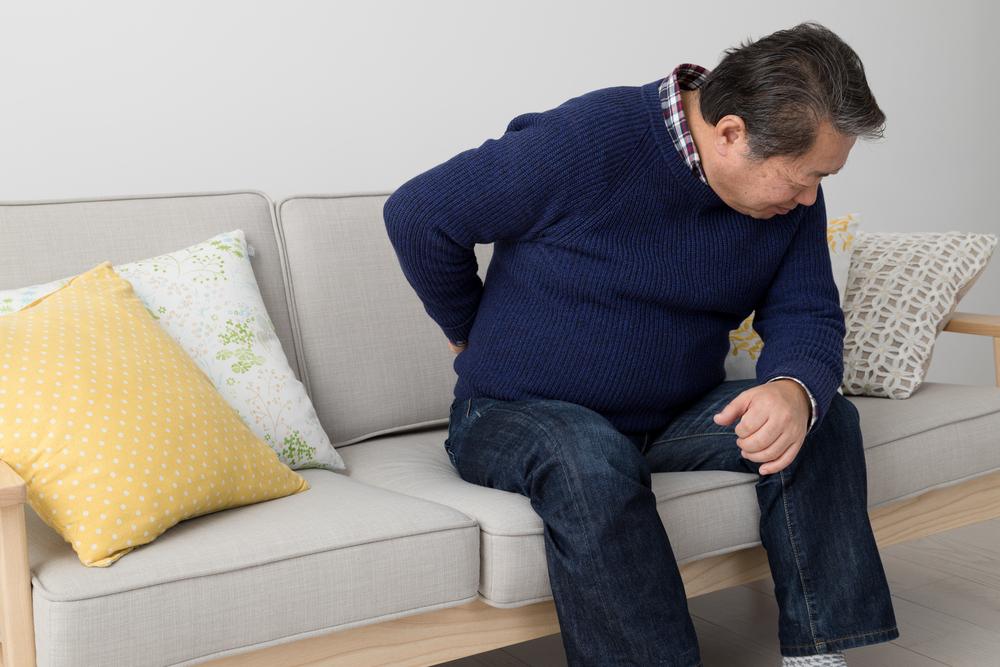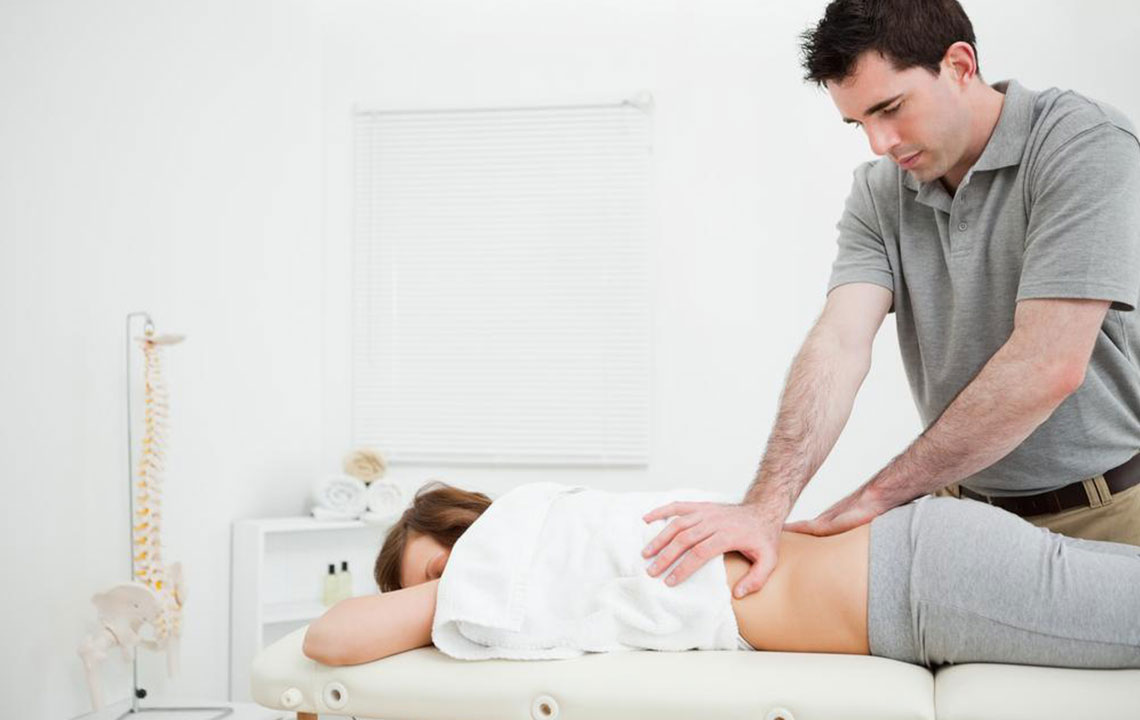Top Strategies for Alleviating Back Pain
Discover effective strategies to relieve back pain, including staying active, gentle exercises, medication, and home therapies. Learn when to seek medical help for persistent discomfort and how to manage symptoms safely through natural and professional treatments.

Top Strategies for Alleviating Back Pain
Back discomfort impacts over 75% of people at some stage, often resolving with rest. It’s typically a symptom of underlying issues rather than a disease itself. Damage to muscles, ligaments, bones, or nerves can lead to back pain, as can kidney-related health problems.
Common causes include disc injuries, strain from overexertion, infections, or tumors. Risk factors like obesity, aging, smoking, inactivity, or sudden high-impact activities without proper warm-up increase susceptibility.
If back pain persists beyond three months, it is classified as chronic. Medical professionals then recommend further tests to assess the severity and develop a tailored treatment plan.
Below are practical self-care methods to find relief. If these don’t work, consult your healthcare provider for personalized advice. Treatments include:
Stay Active
Modern research advises maintaining activity rather than bed rest. Engaging in daily routines can promote faster recovery and improve mental wellbeing. Over-the-counter pain medications can also aid if necessary. Keep moving as much as possible and resume normal activities promptly.
Back Exercises and Movement
Gentle back stretches and low-impact activities such as walking, swimming, yoga, or gardening help stretch muscles and reduce stiffness. Consult your doctor or physiotherapist for suitable exercises to alleviate discomfort.
Medication Options
NSAIDs like Ibuprofen and naproxen are common remedies, available without a prescription, but should be used cautiously. Alternatives include drugs like codeine, used short-term to prevent dependence. Paracetamol may be combined for enhanced relief. Muscle relaxants can also address spasms under medical guidance.
Hot and Cold Therapy
Applying heat or cold packs can soothe pain. Heat increases blood flow, while cold numbs and reduces inflammation. Wrap ice in a cloth to avoid skin irritation. Alternating between treatments can be highly effective.
Stress Management
Relaxation techniques such as deep breathing, meditation, and aromatherapy can help reduce tension and facilitate healing.
Advanced Medical Procedures
For persistent pain, treatments like targeted exercise programs, manual therapy, psychotherapy, or surgery might be recommended. Always seek professional diagnosis before considering invasive options.
Initially, natural remedies are cost-effective with minimal side effects. If symptoms persist, medical intervention is essential. Consult a healthcare provider if pain remains unrelieved after trying conservative methods.










